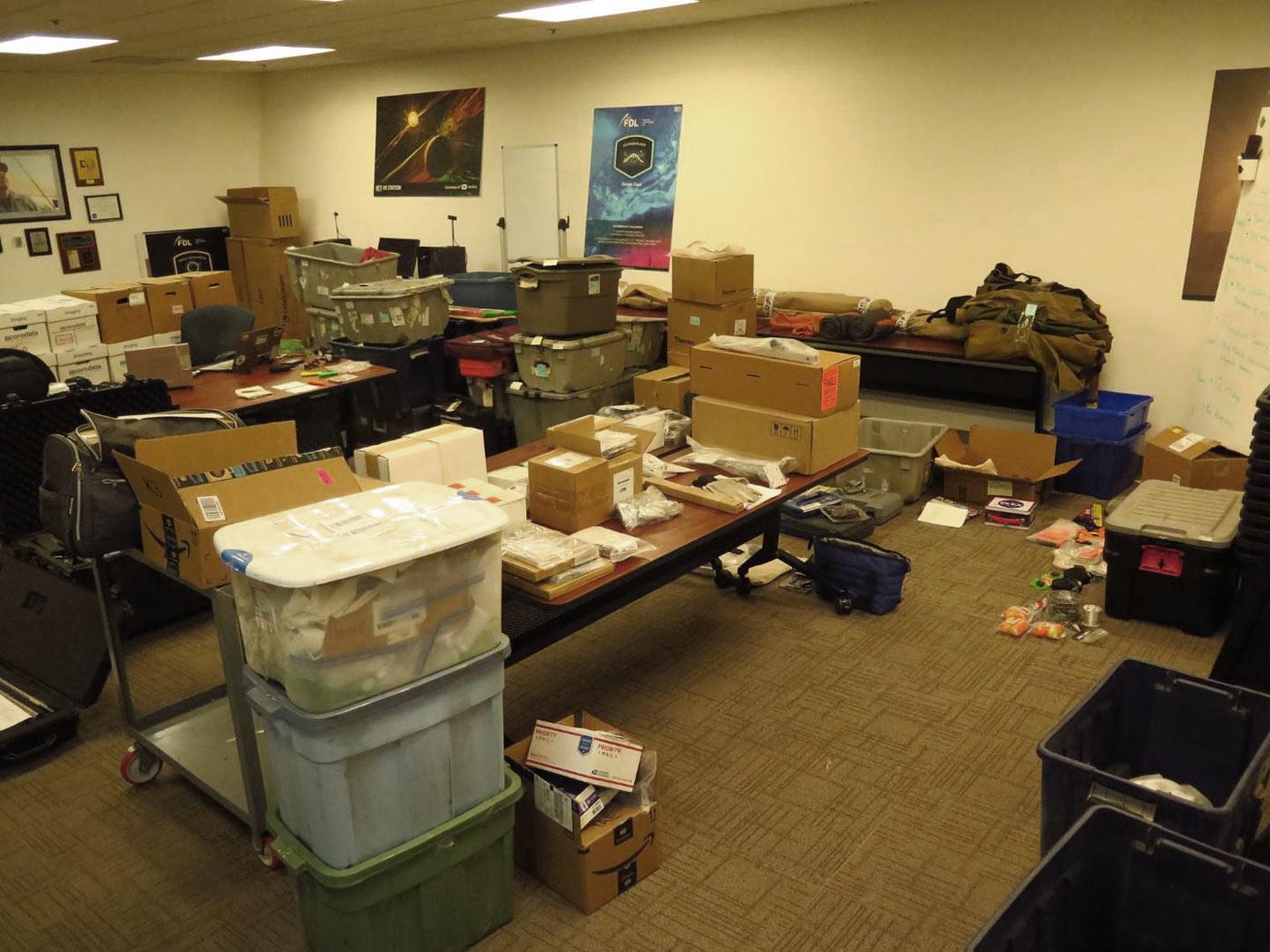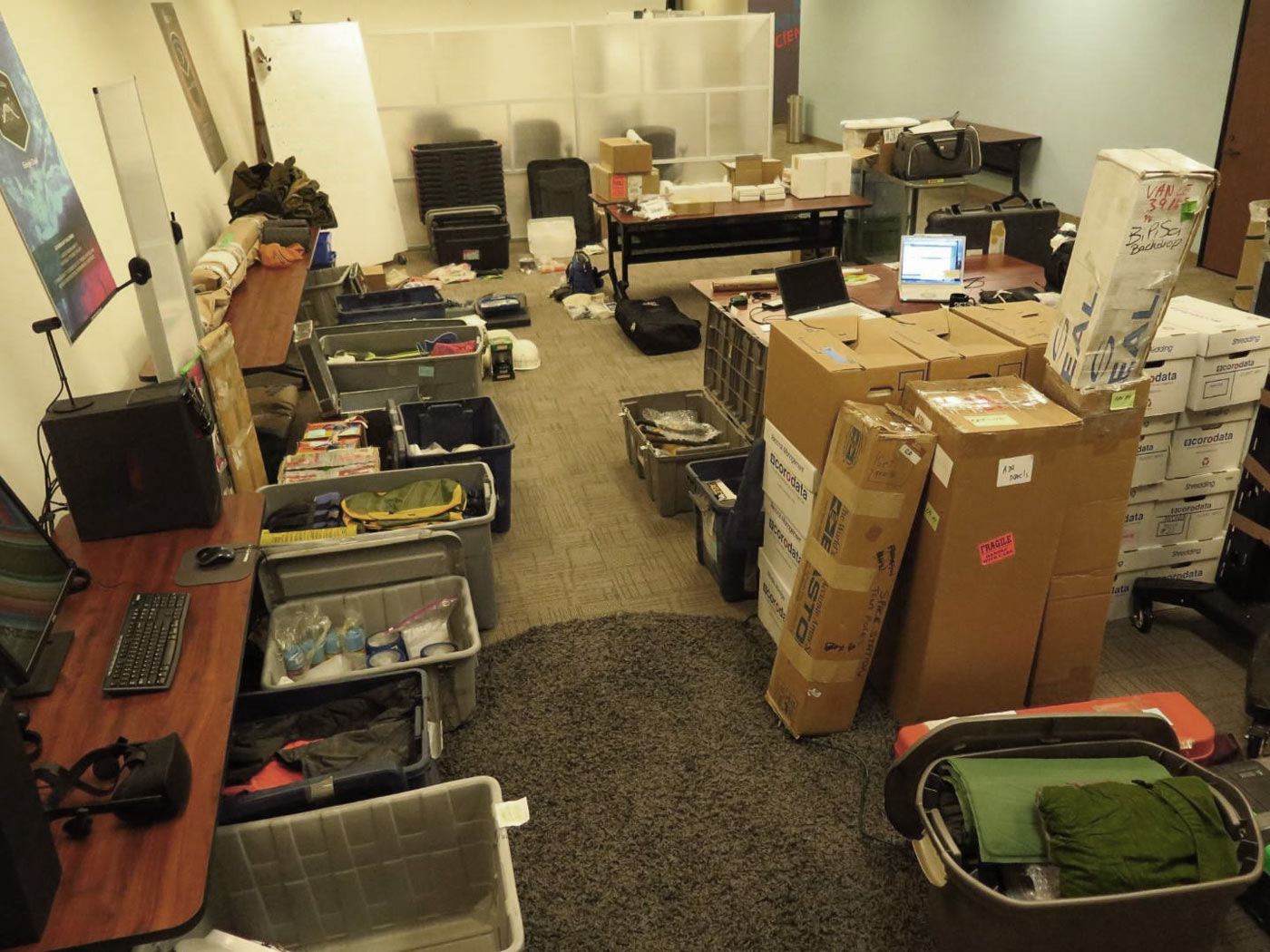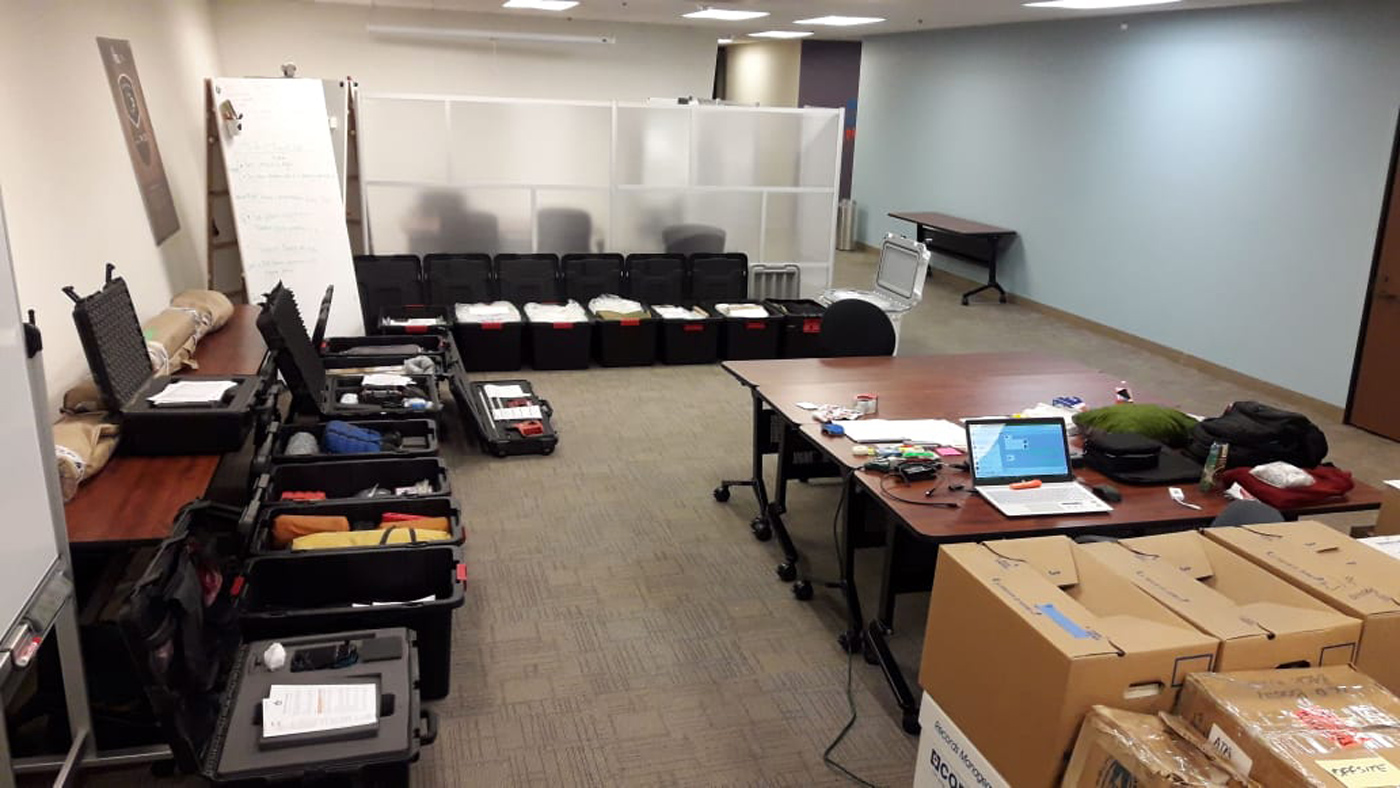Where many will see a mess of boxes, instruments, batteries, sampling equipment scattered all over the floor, all I can think about is the might of the human spirit of exploration...

To Boldly Go…
I usually travel light. I am one of those people who hate checking luggage so I always have a small carry-on with me in the plane. There is an exception to that... and I think I can safely say that it makes up for the rest of the year. It’s expedition time!
This year, between October 17-November 20, 2018, my team and I are returning to the Chilean High Andes. There, we will continue the development of new planetary exploration strategies, instruments, and systems, which in the near future will dramatically change the way we search for life beyond Earth. Our project is supported by the NASA Astrobiology Institute and helps prepare missions such as Mars 2020 and ExoMars that will soon seek traces of ancient biosignatures on the Red Planet.
But how does one search for microbial habitats in the most extreme of extreme environments – which ancient Mars already was by comparison to today’s Earth? What to look for? How to recognize them? What level of detection will our instruments need to reach to help us conclude that, indeed, this is life we are looking at? Addressing these questions is made somewhat more difficult by the fact that we have yet to articulate a definition of what life is here on Earth. On the other hand, we understand fairly well what life does and the types of signatures it leaves behind in the geological record and in the atmosphere.
This is why we explore extreme terrestrial environments that are analogous to early Mars. There, we collect critical data on why microbial habitats here on Earth appear in some spots and not others, and why their distribution seems apparently so stochastic, or random, in extreme environments. The stochasticity is actually only an illusion. There are fundamental rules, but they are not always obvious and may also depend on which environmental extreme you are dealing with. Understanding them is an absolute necessity if we want, one day, to find alien microbial habitats or their fossil record. We are also collecting data to train AI-driven intelligent mechanisms that ultimately will help us detect biosignatures much more efficiently.
Microbial habitats in extreme environments are often confined to localized rocks, sediments, or slopes and are limited to very small areas – as in a few cm/inches, sometimes within rocks or just below the surface of crusty sediments. Why are they localized there and not elsewhere? That’s the basic question we always start with. It forces us to think about how biology and environment interact, and, in the case of Mars, requires from us to perform a forensic reconstruction of what a coevolution of life and environment could have looked like on early Mars. Every single clue is precious. Keywords here include metabolism, energy, feedback mechanisms, ecosystems, biosphere, and the coevolution of life and environment.
Basically, we are documenting how microbes alter the physicochemistry, mineralogy, composition, morphology, and topography in and around their habitats. The more I think about it, the more I believe it is fair to say that in many ways we are looking for how microbes alter their environment, which is a fancy way to say that we are looking for the pollution they leave behind!
Now, how do we make this happen practically?
There is some irony to think that to go after these tiny specks of evidence of life that once was and unlock their mysteries, we have to apply mighty force. Just to throw a few numbers: Our team will be composed of 26 members, including instrument specialists, roboticists, astrobiologists, planetary geologists, ecologists, microbiologists, environmental specialists, a biologist, an oncologist, logistics specialists, cooks, drivers, medics, helpers, and guides for when we will summit the 19,350 ft-high Simba volcano to deploy our environmental monitoring systems and sample the summit lake.
It is an all-inclusive approach, all of us representing together the equivalent of a scientific payload of a mission to Mars, with a focus on optimizing its ability to detect biosignatures. To achieve that, we will be hauling 400 kg of technical and scientific equipment. If you add the logistical equipment, then our scientific expedition will move close to a ton of equipment across the Atacama Desert, the Altiplano, and the High Andes for nearly a month of exploring several sites.
Which brings me back to where we started…
I usually travel light, but there is an exception. It’s expedition time! What you see in the pictures here are the “before and after” inventory, selection, and packing of our gear. Where many will see a mess of boxes, instruments, batteries, and sampling equipment scattered all over the floor, all I can think about is the might of the human spirit of exploration - the coming together of minds that allows us to question the universe around us.


I am showing them because I wanted to share with you these moments frozen in time when a project leaves the paper to take a life of its own, and materializes as instruments that need to be moved from one hemisphere of our planet to the other to collect data. Every single piece has a critical function. It has to be identified, labelled, shipped, hauled, transported, and ultimately hand-carried to collect these data, which one day, hopefully soon 100 million kilometers away from our home planet, may help us conclude that life once existed on Mars.





